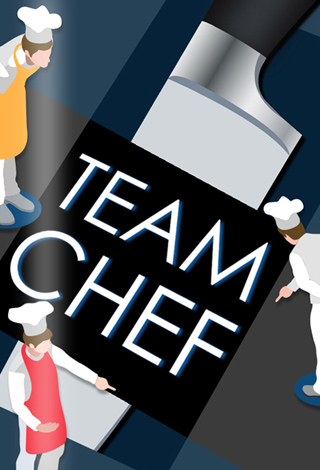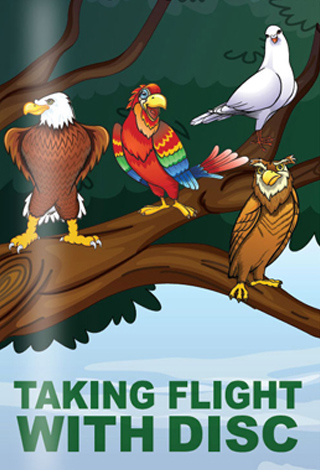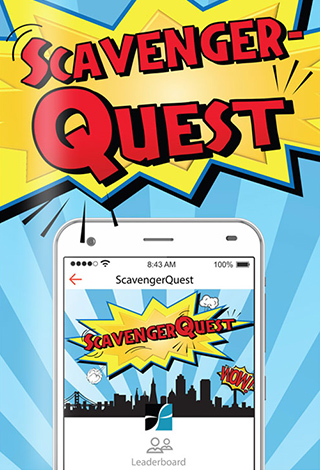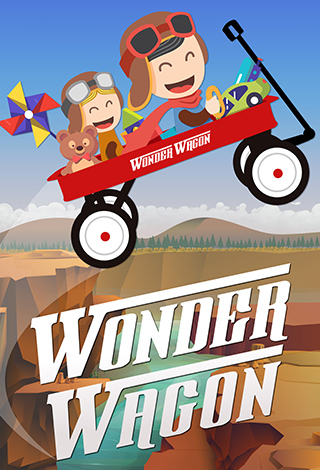In It to Win It
In It to Win It combines fun and zany tabletop activities ideal to kick-off a conference or be the evening entertainment.
You have one minute to achieve your goal. Can you do it?
Everyone will cheer on their teammates as they use candy, cookies, cups, straws, and other household items in various timed challenges.
The team who scores the best overall time will win gold medals during the award ceremony finale.
The challenges may include:
- Candy Sort: Team members use a straw and the power of suction to pick up M&M candy pieces and sort them into small cups.
- Bounce It: Using a stack of red cups and ping pong balls, two players must utilize their aiming skills and balance a tower of 10 cups.
- Cookie Crawl: Use your facial muscles to move an Oreo from your forehead to your mouth.
- Defying Gravity: Each team member will juggle party balloons in the air without letting them touch the ground.
In It to Win It is the most energizing hour to two hours your team will ever experience!
Program Stats:
Group size: 12-unlimited
Program Length: 1 to 2 hours
Suggested Team Size: N/A
Space requirements: 1 60” round table per every 5 people
Program Location: Inside
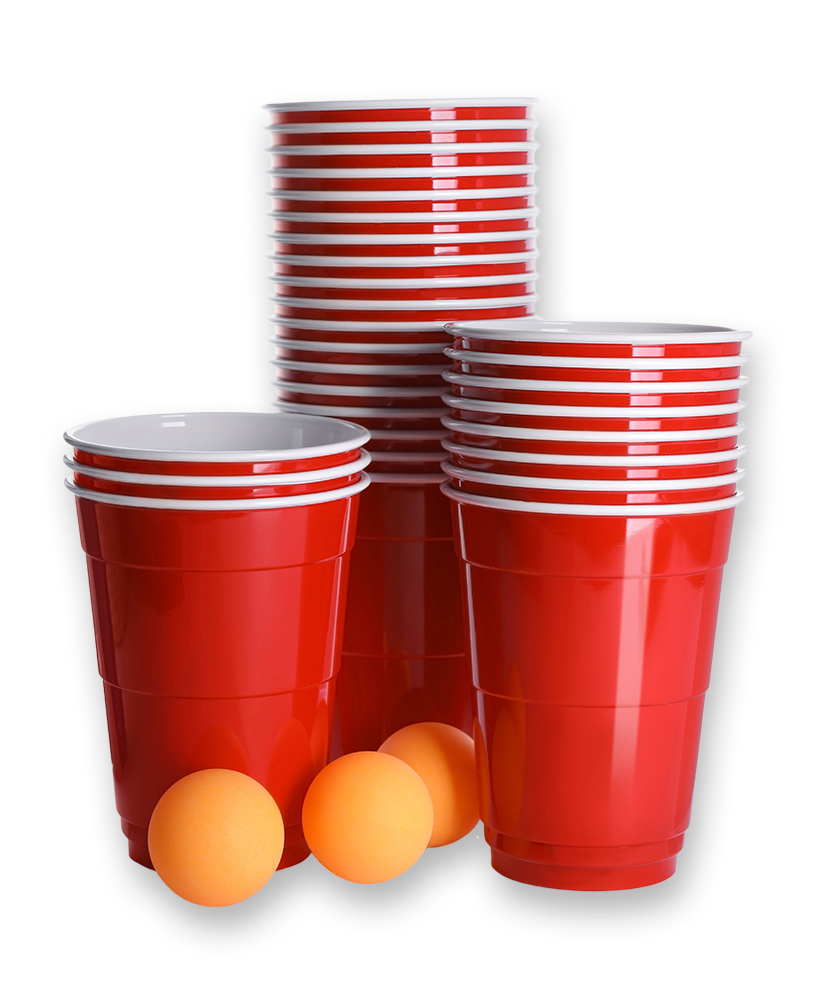
What is the best team size?
We typically recommend teams of 5. However, teams of 3-6 can also work well. 7 or more people per team will not be as engaging for all of the participants.
Is it better to predetermine the members of the teams or randomly assign people to teams?
The answer to this question depends upon your goal for the session. Sometimes, participants are comprised of several teams from one department. In these cases, our clients tend to like to preset the teams so that people can interact with people they don’t work with on a regular basis. Other times, groups are comprised of a single team or department and randomly assigning teams works fine.
Who forms the teams?
We can randomize small groups on the spot, but for groups larger than 20 people, we recommend you form the teams ahead of time. If you are preselecting the teams, we suggest you disseminate this information to the participants either at the program or prior to the event. We do not recommend reading off of a list at the beginning of the program.
What is the typical length of the program, and is this flexible?
A typical program runs 1.5 hours. There is some flexibility to adjust the duration to fit your schedule.
How much set-up time is needed?
At least an hour, possibly longer for larger groups.
What about prizes?
We can bring Gold, Silver, and Bronze medals, or just Winner medals for one winning team. We do not recommend large/valuable prizes or this event could potentially go from happy team building to nasty cutthroat competition.
What are the space requirements?
The more, the better. This event needs both tables and open space. We recommend 1 60” round table and chairs for each group of 5, then have some open space in the front of the room. There should be enough space between tables that people can be standing and moving around and not run into each other. Four eight-foot-long rectangular tables are needed at the front of the room for supplies. There is a Power Point with directions, so a TV or screen and projector will be needed. Microphones and sound are needed for groups larger than 30.
Can we run this event outside?
In theory, yes, but we don’t recommend it. Be sure to account for the weather and have a backup plan. There are several light props involved that can get blown around on windy days. We will also need to get tables, chairs, a sound system, and a TV or projector outside.
What if we’re outside and the weather is bad?
We offer several different rain plans, for an additional charge. We can bring ponchos, we can bring an indoor activity, or we can reschedule.
How physical is this?
This is designed for people who work in offices all day. There is nothing that requires athletic ability, but there is some light movement.
Can this be done over drinks and appetizers?
We strongly discourage this.
Can we do a serious debrief to have deep learning and work on long-standing issues in our organization?
This is light-hearted team building. We have other programs that incorporate deep learning.
How is the scoring done?
The facilitator announces the winners of each event. There are points for 1st, 2nd, 3rd places. This encourages everyone to finish the activity and not just give up once the first team is done.

